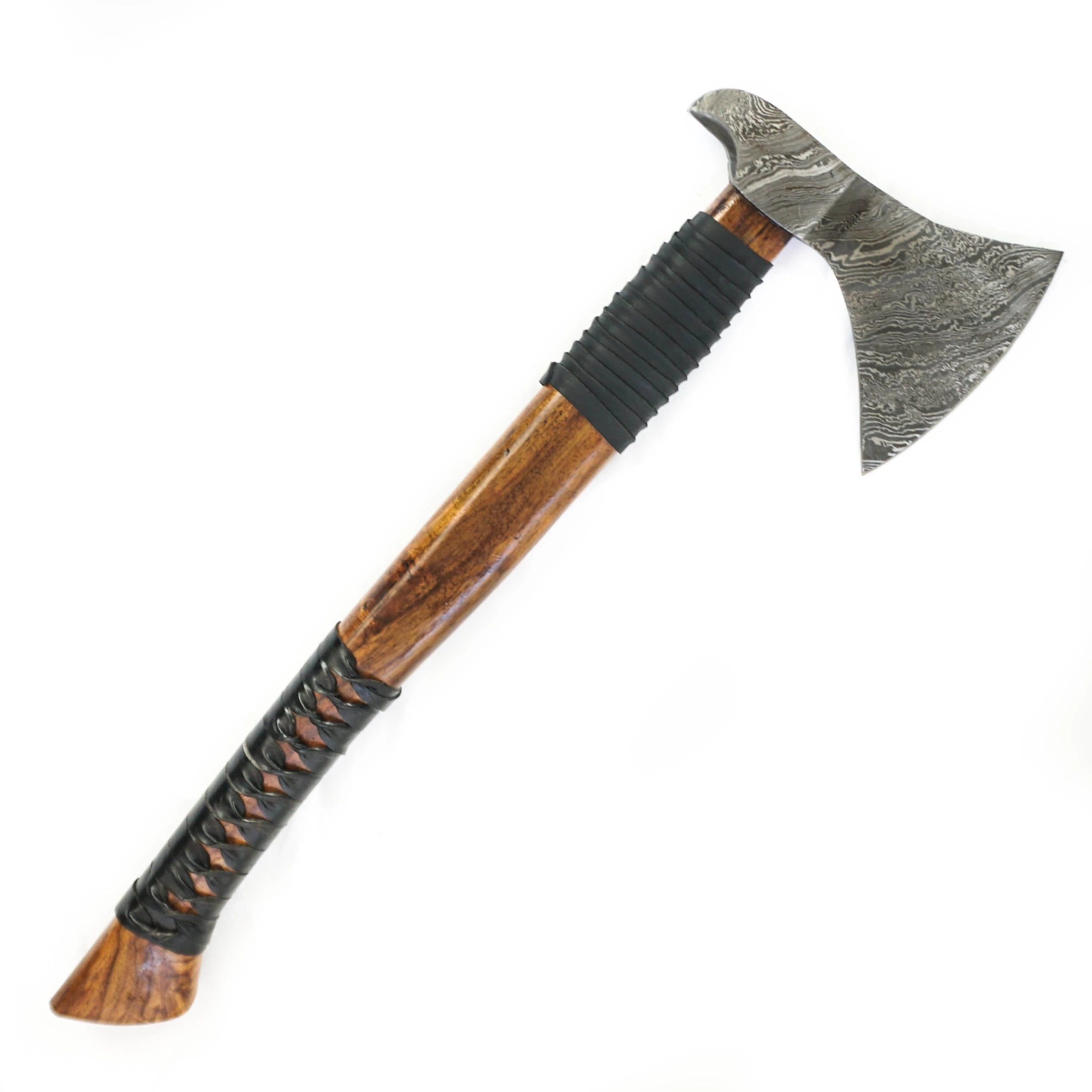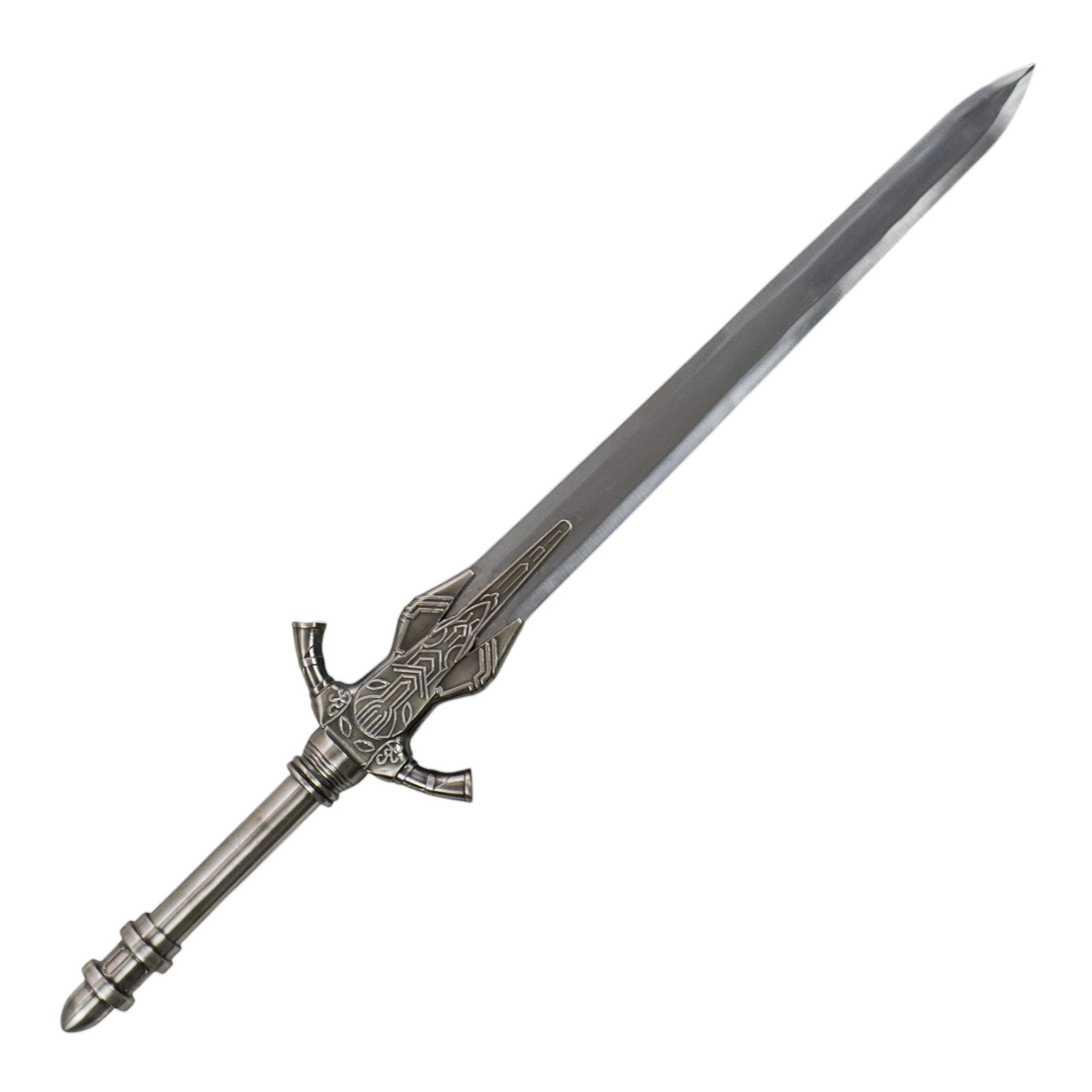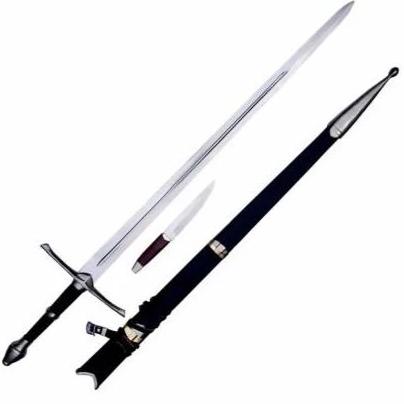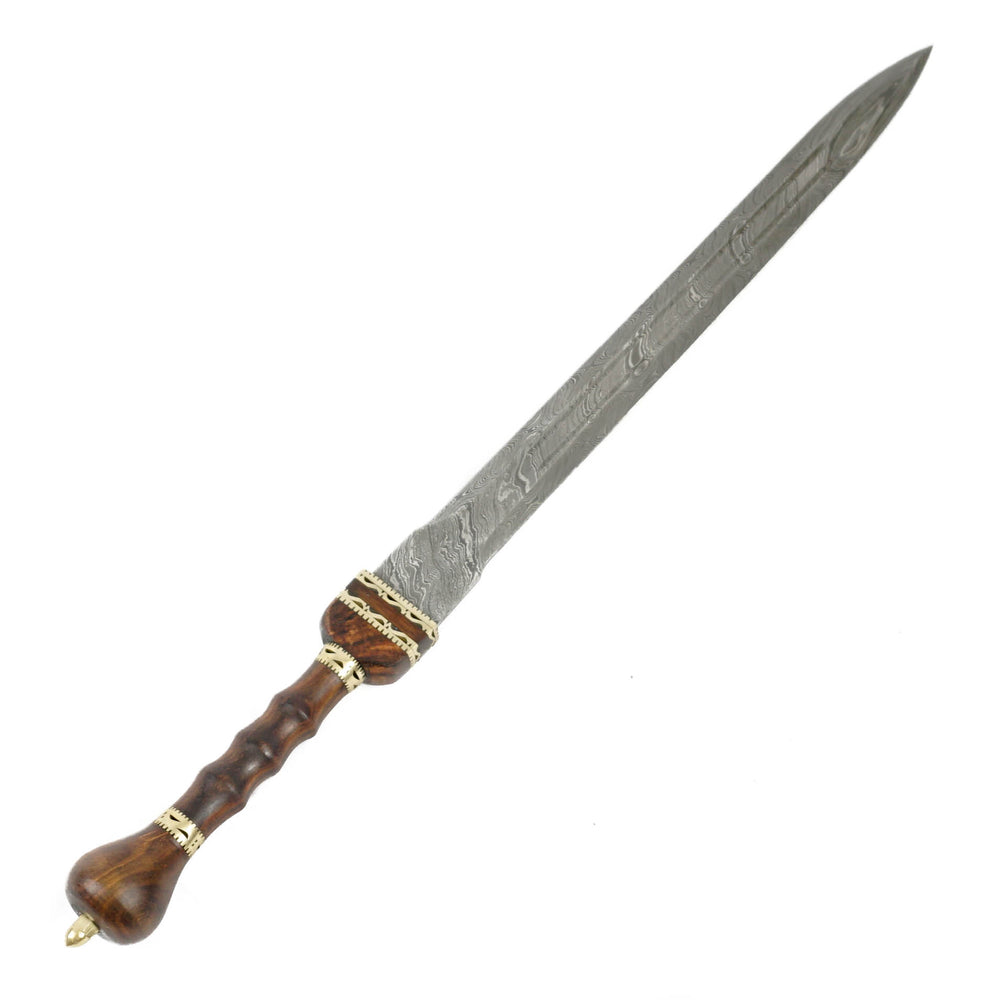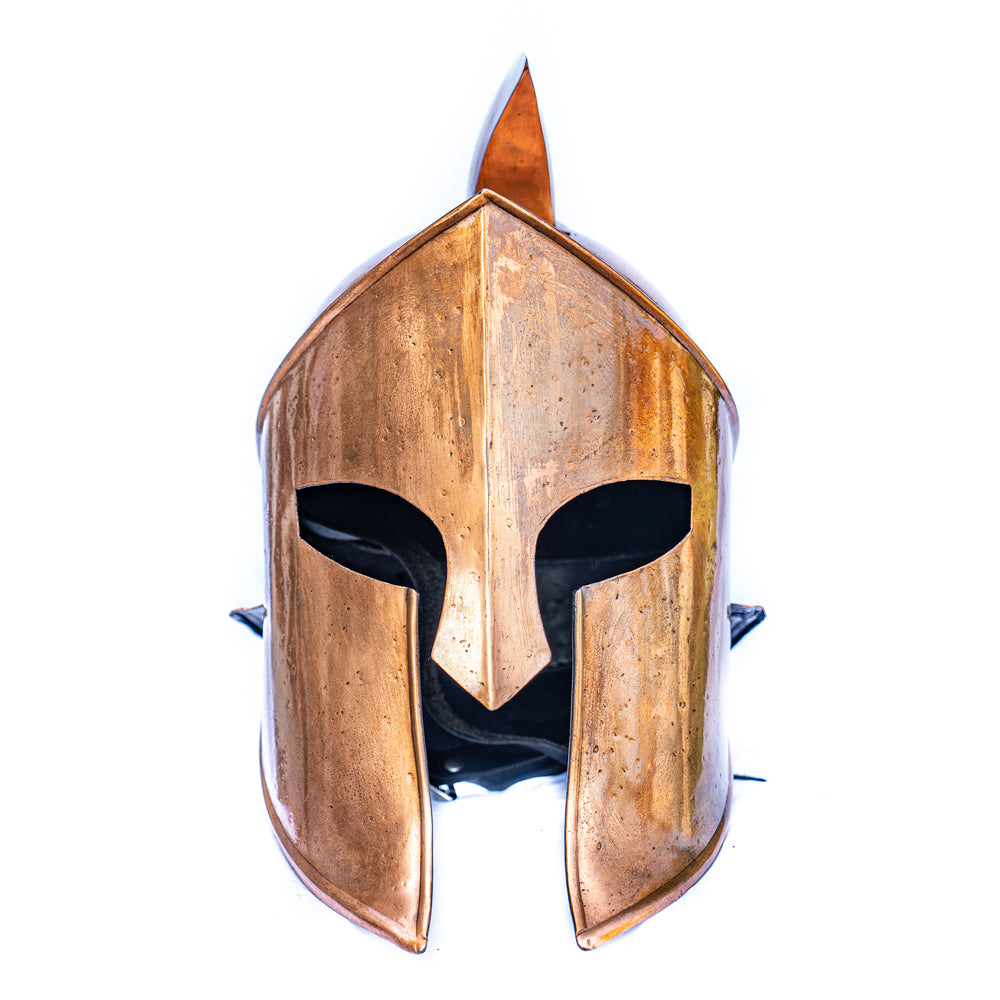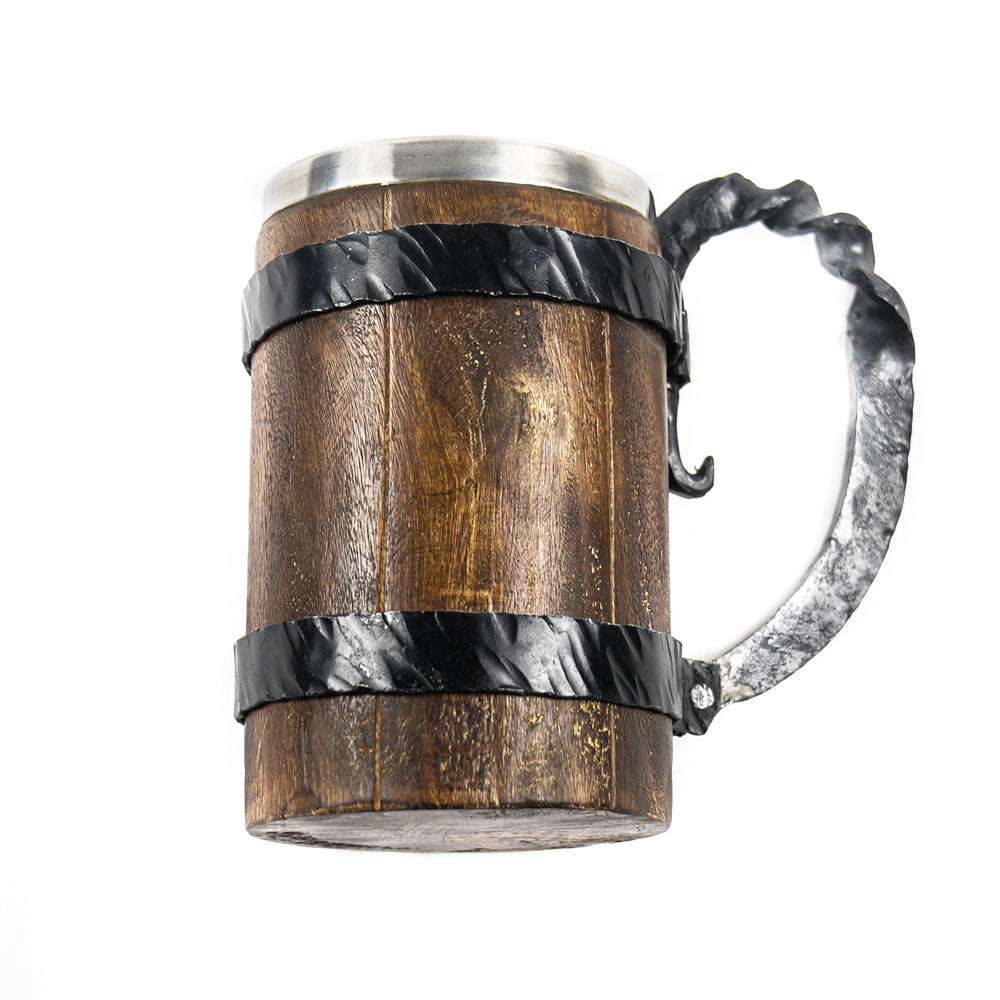Sale

Roman Spatha Sword - High Carbon 1095 Sword- 42"-King David Sword
1 review
1 review
Size chart
At Battling Blades, we design and sell exceptional handmade items, designed with meticulous attention to detail. Our commitment to utilizing premium metals, bone, wood, and leather ensures unparalleled quality in each of our products. Our main products started as swords, axes, machetes, and knives, but we have grown substantially, adding new items including armor, clothing, archery, games, and even musical instruments. As a family-owned and operated business, we take immense pride in our masterful craftsmanship and are dedicated to providing exceptional customer service, forging lasting relationships with our clientele. Experience the artistry and expertise of Battling Blades for yourself.
/
 Fast & Free Shipping
Fast & Free Shipping
 30 day Money Back Guarantee
30 day Money Back Guarantee
 30 day Money Back
30 day Money Back
 Secure Checkout
Secure Checkout

